Home>Home Appliances>Home Automation Appliances>How To Work A Thermostat For Heating
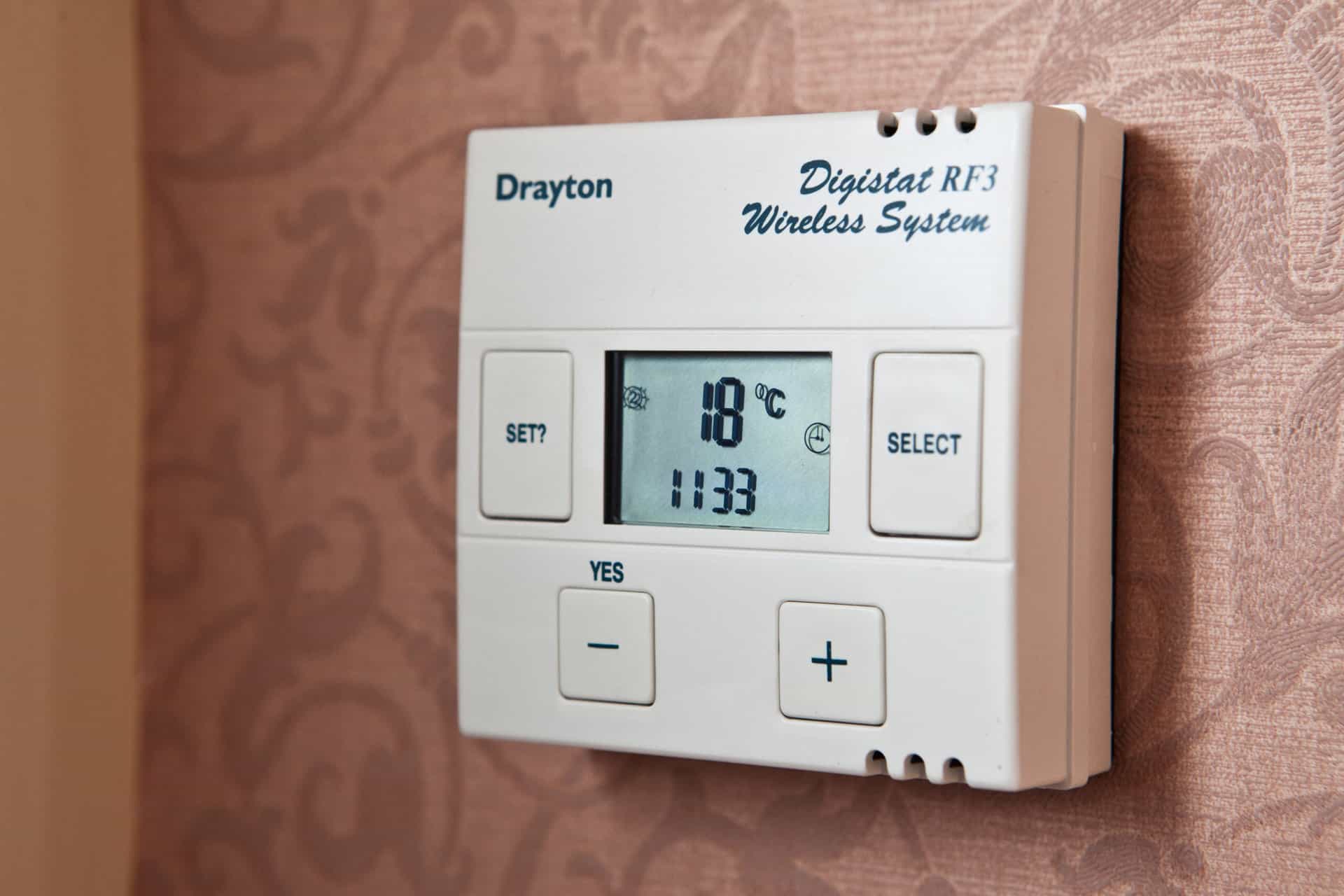

Home Automation Appliances
How To Work A Thermostat For Heating
Modified: May 6, 2024
Learn how to efficiently control your heating system with our guide on working a thermostat for home automation appliances. Master the art of regulating your home's temperature!
(Many of the links in this article redirect to a specific reviewed product. Your purchase of these products through affiliate links helps to generate commission for Storables.com, at no extra cost. Learn more)
**
Introduction
**
Welcome to the world of home automation and comfort control! If you've ever found yourself shivering in the winter or sweating through a scorching summer day, you understand the pivotal role that a thermostat plays in maintaining a cozy indoor environment. In this comprehensive guide, we'll delve into the essential know-how of operating a thermostat for heating, ensuring that you can effortlessly regulate the temperature in your living space.
Whether you're a newcomer to the realm of thermostats or seeking to enhance your proficiency in utilizing these ingenious devices, this article will equip you with the necessary insights to navigate the complexities of thermostat operation. From comprehending the intricacies of your thermostat to mastering the art of programming it for optimal comfort, we've got you covered.
By the end of this guide, you'll be empowered to wield your thermostat with confidence, effectively managing the indoor climate to suit your preferences and lifestyle. So, let's embark on this enlightening journey, unraveling the secrets of thermostat mastery and ushering in a new era of warmth and comfort within your home.
**
Key Takeaways:
- Master your thermostat for optimal comfort by understanding its features, setting the right temperature, and programming personalized schedules for energy efficiency and coziness.
- Troubleshoot common thermostat issues with simple resets, recalibration, and checking for obstructions to maintain uninterrupted comfort control within your home.
Read more: Pneumatic Thermostat: How It Works
Understanding Your Thermostat
**
Before embarking on your quest to conquer thermostat operation, it’s crucial to acquaint yourself with the fundamental components and functionalities of this indispensable device. A thermostat serves as the command center for your heating system, allowing you to dictate the desired indoor temperature with precision and ease.
Most modern thermostats are equipped with a digital display, enabling clear visibility of the current temperature and settings. Additionally, they often feature intuitive controls, such as buttons or touchscreens, facilitating seamless interaction and adjustment. Understanding the interface of your thermostat is the first step toward harnessing its full potential.
Furthermore, it’s essential to grasp the distinction between traditional and smart thermostats. While traditional thermostats necessitate manual temperature adjustments, smart thermostats offer advanced capabilities, including remote access via smartphone apps and adaptive learning to optimize energy efficiency.
Equipped with sensors, thermostats can detect the ambient temperature and activate the heating system to maintain the set temperature. Some models also incorporate humidity sensors to ensure a comfortable and balanced indoor environment.
It’s important to note that thermostats are available in various types, including programmable and non-programmable variants. Programmable thermostats empower users to schedule temperature changes throughout the day, fostering energy conservation and personalized comfort. On the other hand, non-programmable thermostats require manual adjustments as needed.
By familiarizing yourself with the diverse features and capabilities of your thermostat, you’ll be primed to optimize its functionality and derive maximum benefit from your heating system. With a firm grasp of the thermostat’s intricacies, you’re poised to embark on the next phase of your journey toward mastering temperature control within your living space.
**
Setting the Temperature
**
Now that you’ve gained a comprehensive understanding of your thermostat, it’s time to delve into the art of setting the temperature to achieve your desired comfort level. Whether you’re aiming to create a toasty ambiance during chilly winter nights or maintain a refreshing coolness in the heat of summer, your thermostat stands as the gateway to a harmonious indoor climate.
When it comes to adjusting the temperature on your thermostat, the process may vary depending on the model and type of thermostat you possess. For traditional thermostats, you’ll typically encounter manual controls, allowing you to directly input the desired temperature using buttons or a dial. In contrast, smart thermostats often feature touchscreens or digital interfaces, enabling effortless temperature adjustments with a simple tap or swipe.
Before initiating any temperature modifications, it’s essential to consider the optimal temperature range for different times of the day and seasons. For instance, during winter, a daytime temperature of around 68-72°F (20-22°C) is generally conducive to comfort, while slightly lowering the temperature at night can promote better sleep and energy savings. In summer, a daytime setting of 75-78°F (24-26°C) is often deemed comfortable, with adjustments for nighttime cooling as needed.
For those with programmable thermostats, the ability to establish custom temperature schedules proves invaluable. By delineating distinct temperature settings for various times of the day, such as mornings, afternoons, evenings, and nights, you can harmonize your indoor climate with your daily routine. This not only enhances comfort but also contributes to energy efficiency, as the thermostat can automatically adjust the temperature based on your pre-set schedule.
When setting the temperature, it’s important to exercise prudence and moderation, considering the impact on both comfort and energy consumption. By striking a balance between warmth and efficiency, you can optimize your heating system’s performance while basking in a snug and inviting atmosphere.
With a firm grasp of the temperature-setting process, you’re poised to wield your thermostat with finesse, tailoring the indoor climate to suit your preferences and lifestyle. As you embark on this journey of temperature mastery, you’ll uncover the transformative power of precise temperature control in fostering a haven of comfort within your home.
**
Set the thermostat to your desired temperature, and make sure it’s set to “heat” mode. If you have a programmable thermostat, schedule it to adjust temperatures for different times of day.
Programming Your Thermostat
**
Unlocking the full potential of your thermostat involves delving into the realm of programming, where you can orchestrate a symphony of temperature adjustments tailored to your daily rhythm. Whether you’re striving to conserve energy, optimize comfort, or synchronize temperature settings with your lifestyle, the ability to program your thermostat is a game-changing capability that empowers you to curate the ideal indoor climate.
For those equipped with programmable thermostats, the process of programming temperature schedules unfolds as a transformative journey toward enhanced comfort and efficiency. These thermostats typically offer a range of programming options, allowing you to establish distinct temperature settings for different times of the day and days of the week.
Embarking on the programming endeavor, you’ll encounter a spectrum of scheduling possibilities, from weekdays versus weekends differentials to tailored settings for vacations and holidays. By harnessing these features, you can fine-tune your indoor climate to align with your daily routine, ensuring that your living space remains a bastion of comfort while minimizing energy consumption during periods of reduced activity.
One of the key advantages of programmable thermostats lies in their capacity to adapt to your lifestyle and preferences. Whether you prefer a gentle rise in temperature to greet you in the morning or a subtle cooldown as you prepare for a restful night’s sleep, the thermostat can seamlessly execute these adjustments, fostering a seamless integration of comfort and convenience into your daily life.
Moreover, the advent of smart thermostats has ushered in a new era of thermostat programming, offering advanced features such as adaptive learning and remote access. Smart thermostats can analyze your temperature preferences and activity patterns, autonomously adjusting the settings to optimize comfort and energy efficiency. Additionally, the ability to control your thermostat remotely via smartphone apps empowers you to fine-tune the temperature settings from anywhere, ensuring a welcoming environment upon your return home.
By embracing the art of thermostat programming, you’re poised to unlock a realm of personalized comfort and energy savings, seamlessly harmonizing your indoor climate with your lifestyle. As you embark on this journey of thermostat programming mastery, you’ll witness the transformative impact of tailored temperature schedules in creating an oasis of tranquility within your home.
**
Troubleshooting Common Issues
**
As you embark on your thermostat journey, it’s essential to be equipped with the knowledge to troubleshoot common issues that may arise, ensuring that your comfort control remains uninterrupted. From minor glitches to more perplexing malfunctions, understanding how to address these challenges will empower you to maintain a seamless and harmonious indoor climate.
One prevalent issue encountered by thermostat users is inaccurate temperature readings, which can lead to discomfort and energy inefficiency. In such instances, it’s advisable to verify that the thermostat is free from obstructions that could affect its temperature-sensing capabilities. Additionally, ensuring that the thermostat is positioned away from heat sources or drafts can contribute to more accurate temperature assessments.
If you find that your thermostat is unresponsive or displaying an error message, a simple reset may often resolve the issue. By power-cycling the thermostat, you can effectively reboot its internal system, potentially rectifying transient malfunctions and restoring normal operation.
Another common concern is the discrepancy between the displayed temperature and the actual ambient conditions. This can stem from factors such as thermostat placement, calibration errors, or aging components. If recalibration is an option for your thermostat model, following the manufacturer’s guidelines for this procedure can help realign its temperature accuracy.
In the case of programmable thermostats, difficulties in setting or maintaining programmed schedules may arise. This can be attributed to programming errors, battery issues, or software glitches. Conducting a thorough review of the programmed schedules and ensuring that the thermostat’s power source is reliable can often resolve these challenges.
For smart thermostats, connectivity issues or app-related malfunctions may surface, impeding remote access and smart features. In such scenarios, verifying the Wi-Fi connection, updating the thermostat’s firmware, and troubleshooting the associated smartphone app can often restore seamless functionality.
It’s important to note that if you encounter persistent or complex issues with your thermostat, seeking assistance from professional HVAC technicians or the thermostat manufacturer’s support team is advisable. Their expertise can address intricate technical issues and ensure the optimal performance of your thermostat and heating system.
Armed with the knowledge to troubleshoot these common thermostat issues, you’re poised to navigate any challenges that may arise, safeguarding your comfort and tranquility within your home. By mastering the art of thermostat issue resolution, you’ll fortify your ability to sustain a seamless and delightful indoor environment, free from the disruptions of technical hiccups.
**
Read more: How To Work Thermostat Controls
Conclusion
**
As we draw the curtains on this enlightening exploration of thermostat operation for heating, you’ve embarked on a transformative journey toward becoming a maestro of comfort control within your home. From unraveling the intricacies of thermostat functionality to mastering the art of programming personalized temperature schedules, you’ve acquired the essential knowledge to orchestrate a harmonious indoor climate tailored to your preferences and lifestyle.
By understanding the nuances of your thermostat and its diverse features, you’ve unlocked the potential to wield this ingenious device with finesse, seamlessly navigating temperature adjustments and optimizing energy efficiency. Whether you possess a traditional thermostat with manual controls or a cutting-edge smart thermostat with advanced capabilities, you’re now equipped to harness its full potential, fostering a haven of warmth and comfort within your living space.
Furthermore, your newfound proficiency in troubleshooting common thermostat issues empowers you to surmount challenges with confidence, ensuring uninterrupted comfort and tranquility. By addressing discrepancies in temperature readings, unresponsive behaviors, or connectivity issues, you’re poised to maintain a seamless and delightful experience with your thermostat, safeguarding your comfort throughout the seasons.
As you continue your journey with your thermostat, remember that the quest for comfort and efficiency is a dynamic and evolving endeavor. Embrace the opportunities presented by technological advancements and continue to refine your mastery of thermostat operation, leveraging its capabilities to curate an environment that reflects your unique preferences and lifestyle.
Armed with this comprehensive guide and a newfound sense of thermostat prowess, you’re primed to embark on a future where comfort, convenience, and energy efficiency converge seamlessly within your home. So, go forth and revel in the transformative power of precise temperature control, as you craft a haven of warmth and serenity that is truly your own.
Now that you've got the basics down for operating your heating thermostat, why stop there? Dive deeper into understanding different thermostat settings with our detailed article on what "Fan On" means on your device. Ready to upgrade? Don't miss our roundup of the top smart thermostats for 2024, ensuring you stay cozy with cutting-edge technology. Both guides are just a click away, perfect for enhancing your home's comfort and efficiency.
Frequently Asked Questions about How To Work A Thermostat For Heating
Was this page helpful?
At Storables.com, we guarantee accurate and reliable information. Our content, validated by Expert Board Contributors, is crafted following stringent Editorial Policies. We're committed to providing you with well-researched, expert-backed insights for all your informational needs.
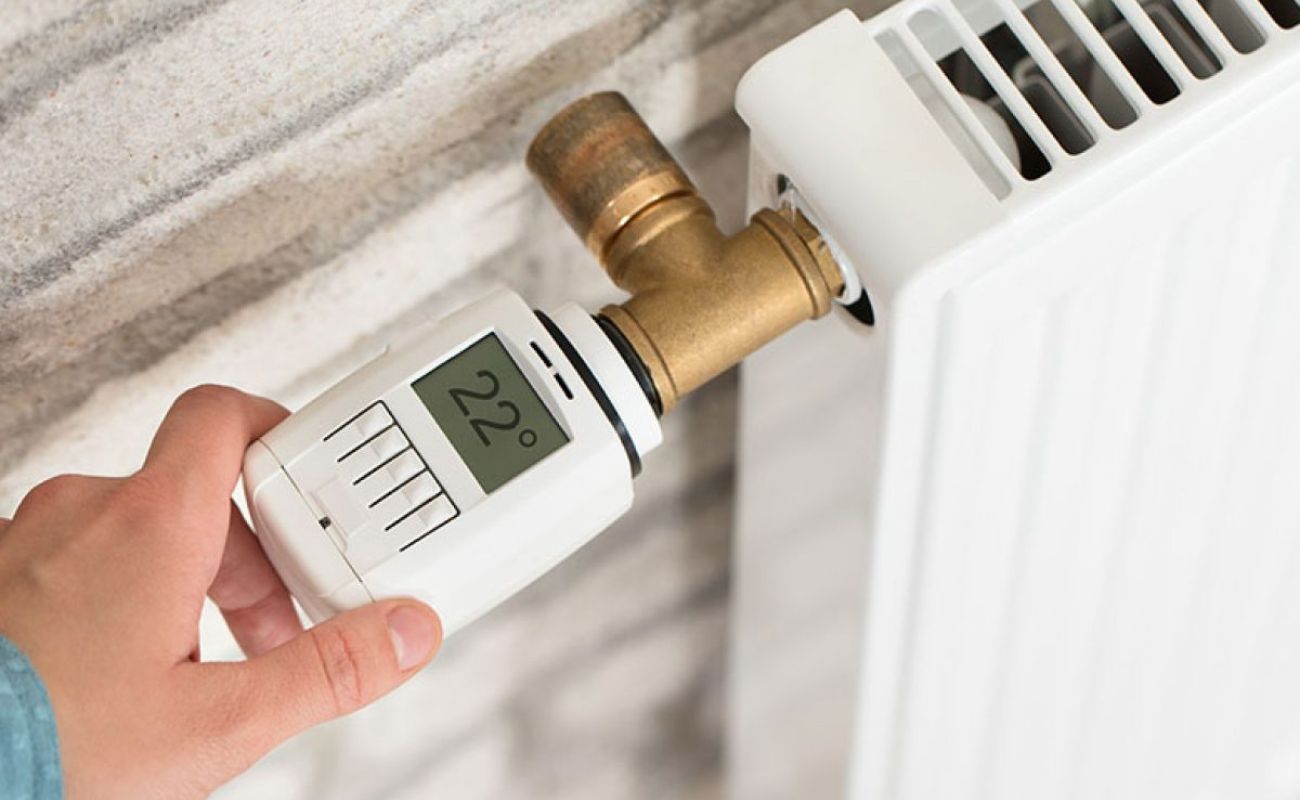
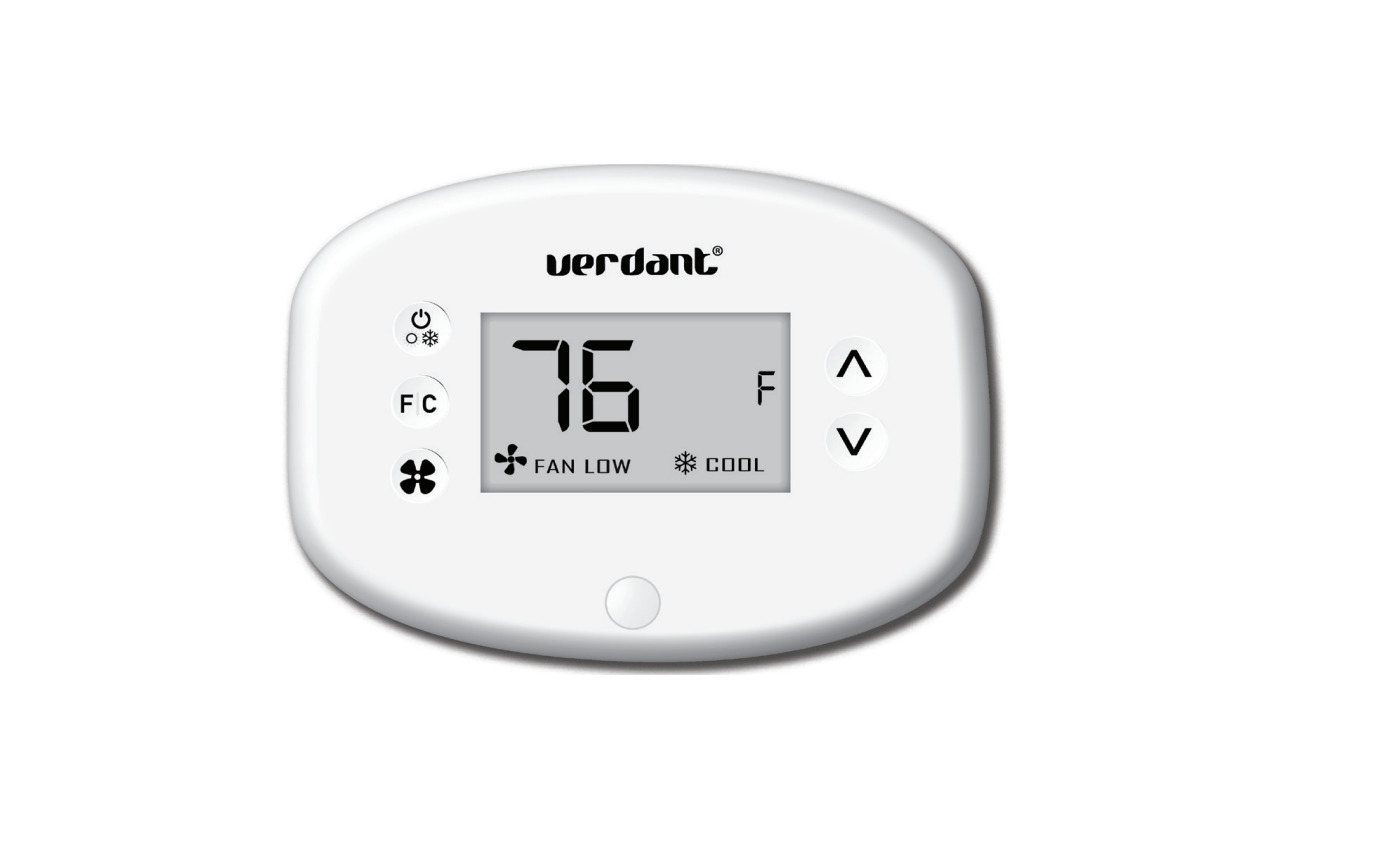
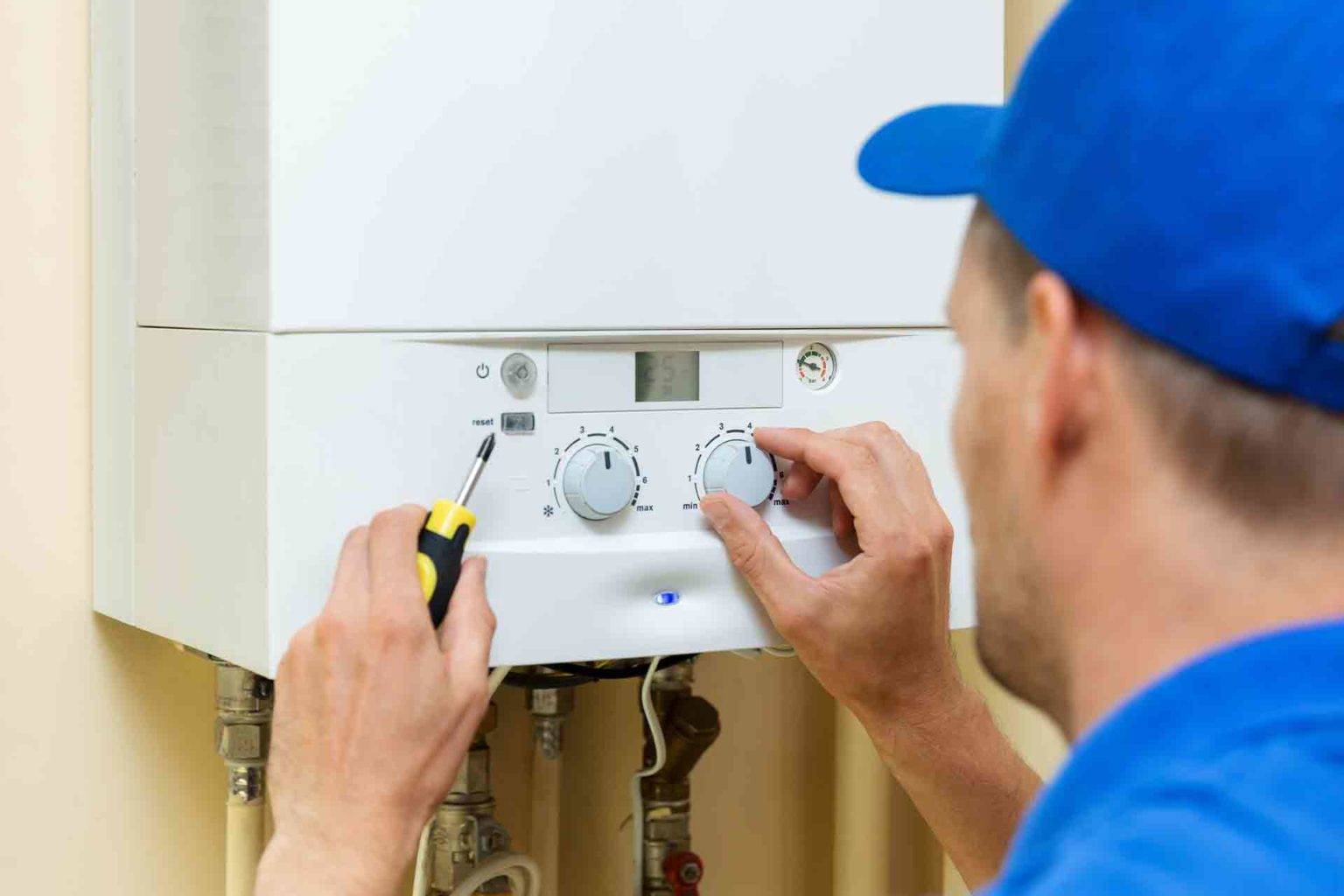
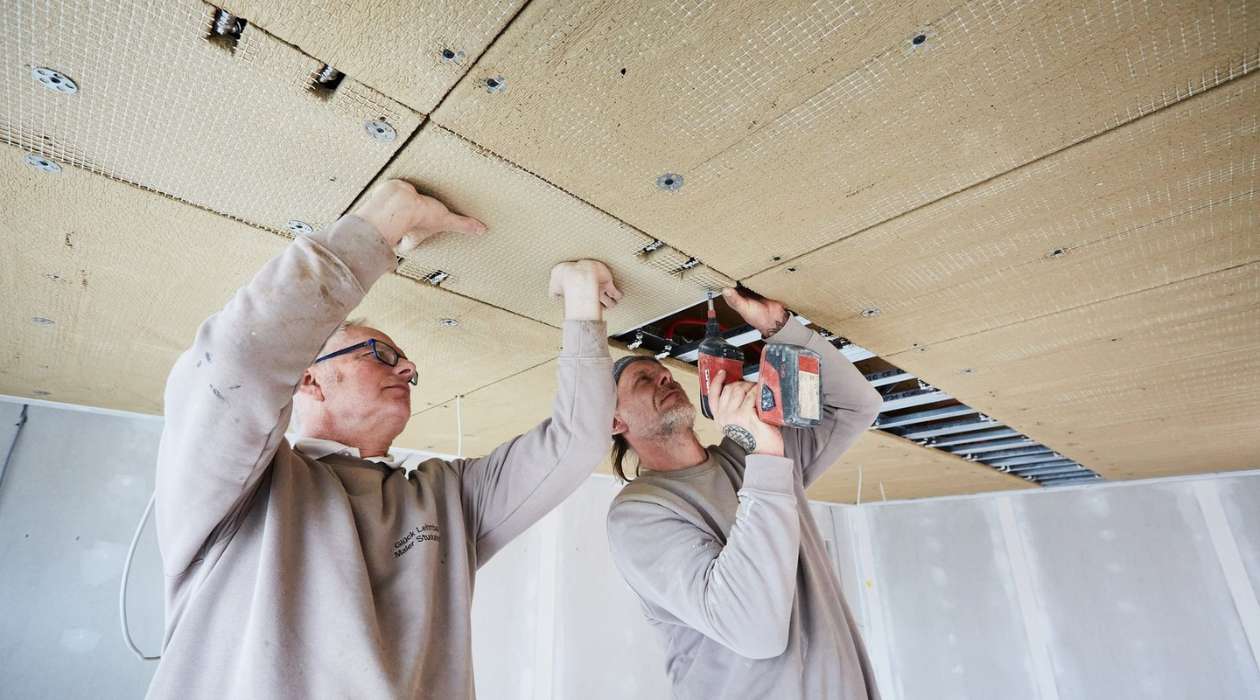
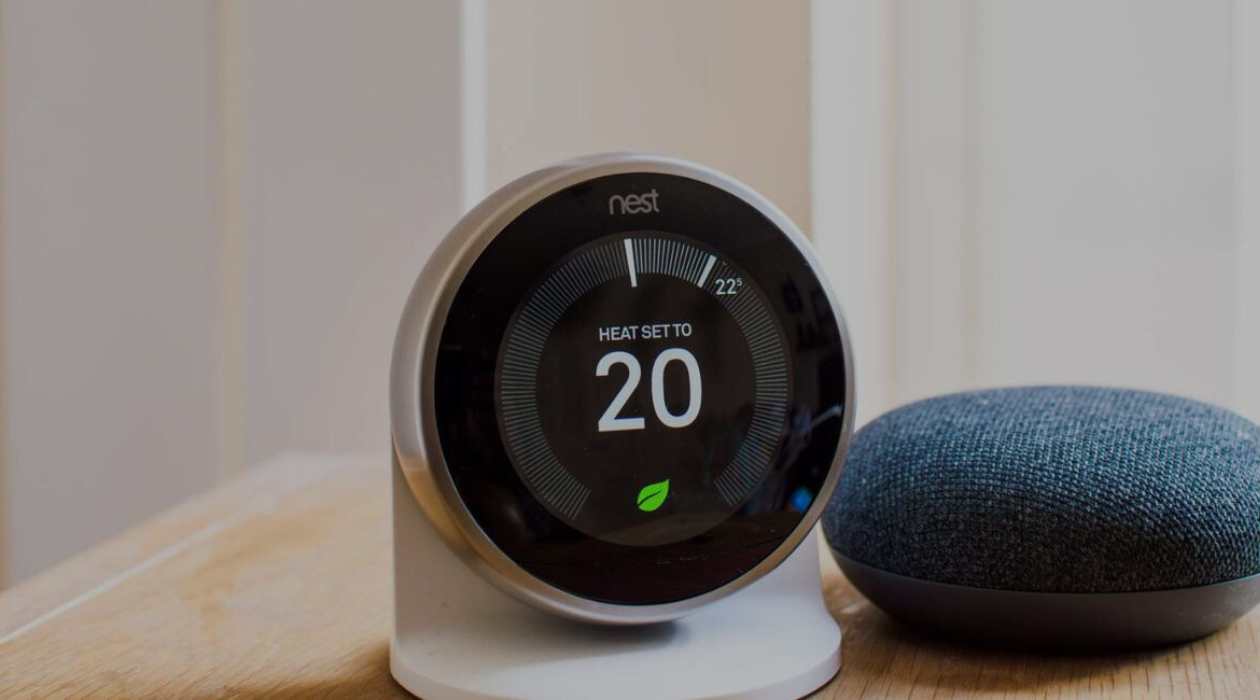

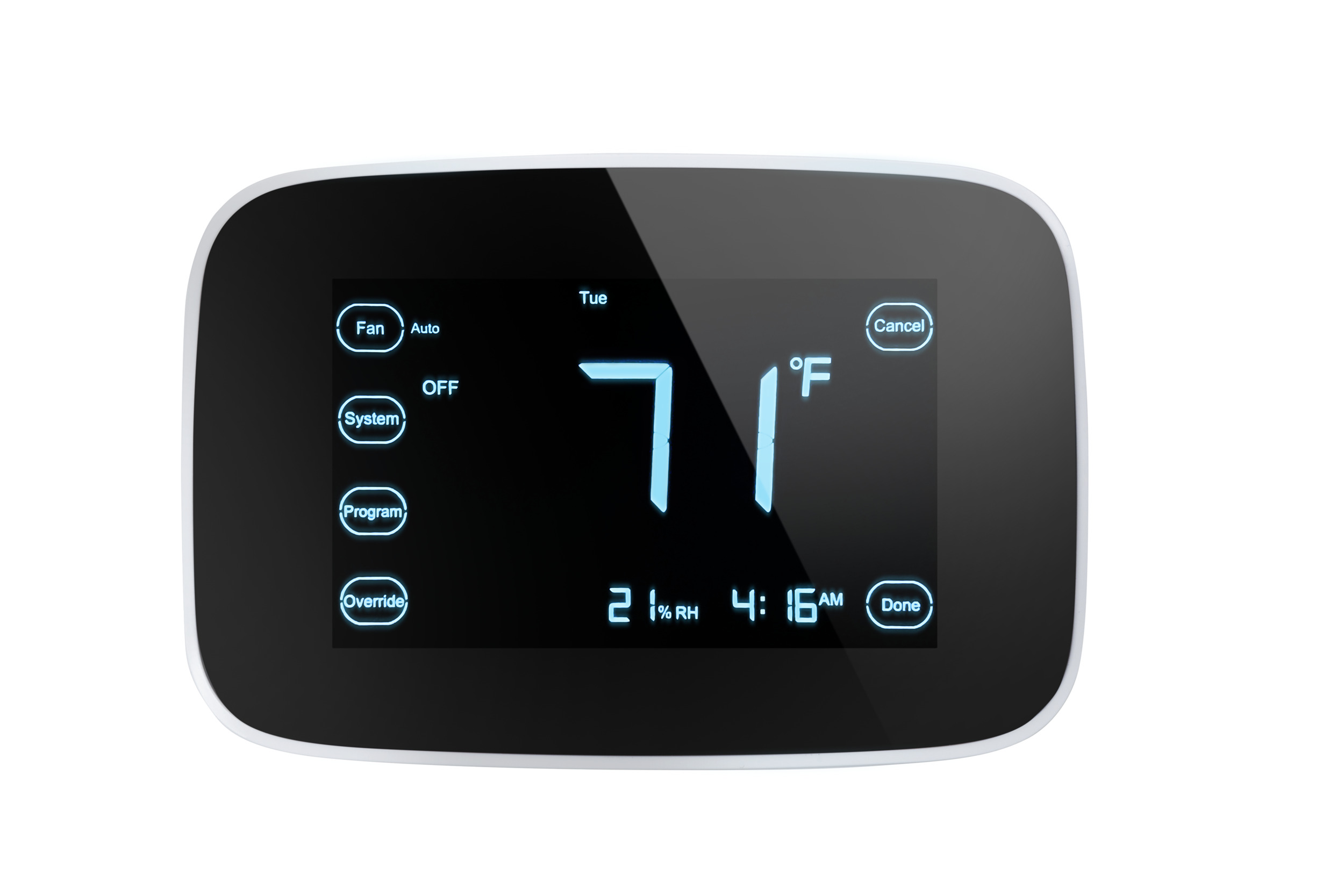
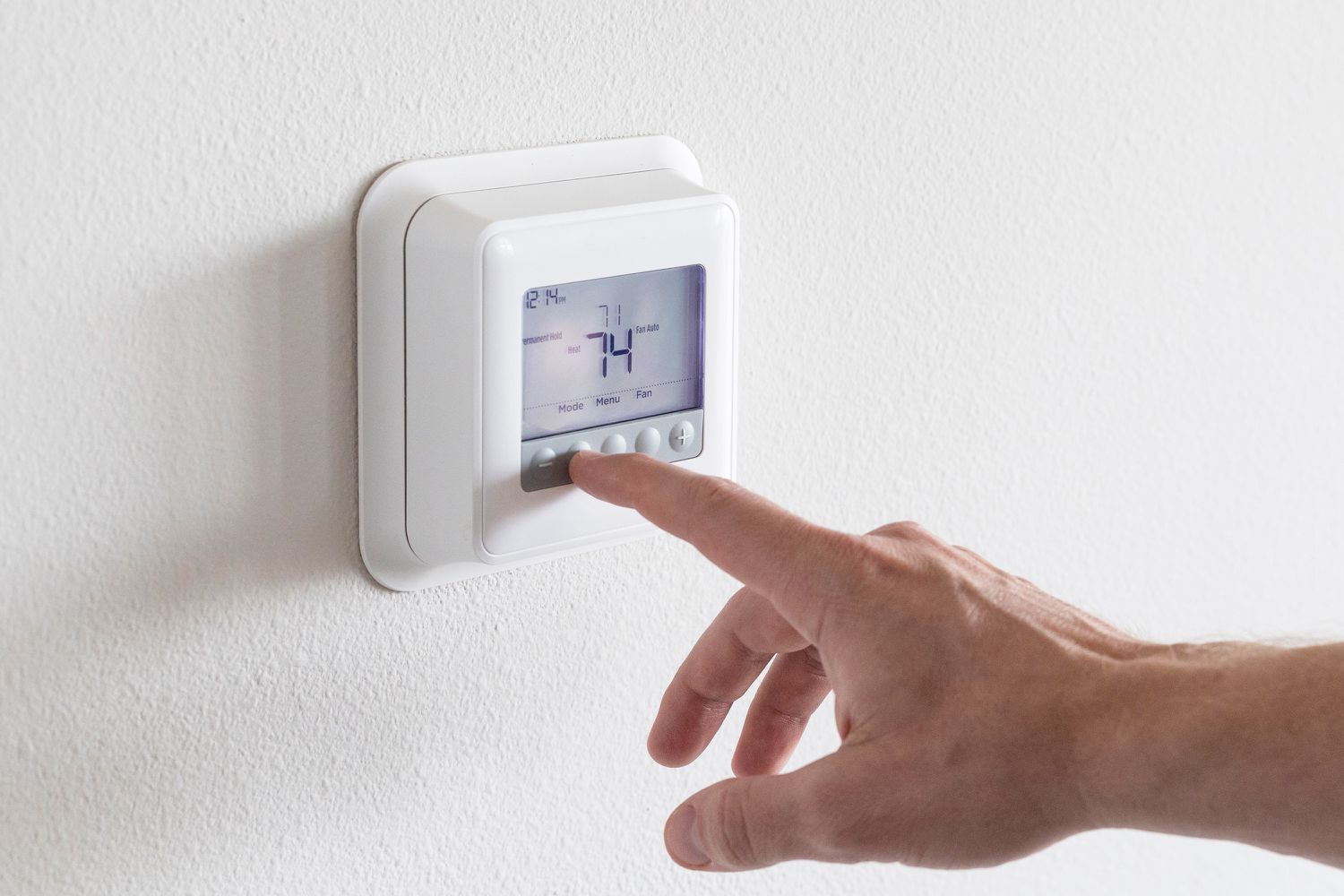
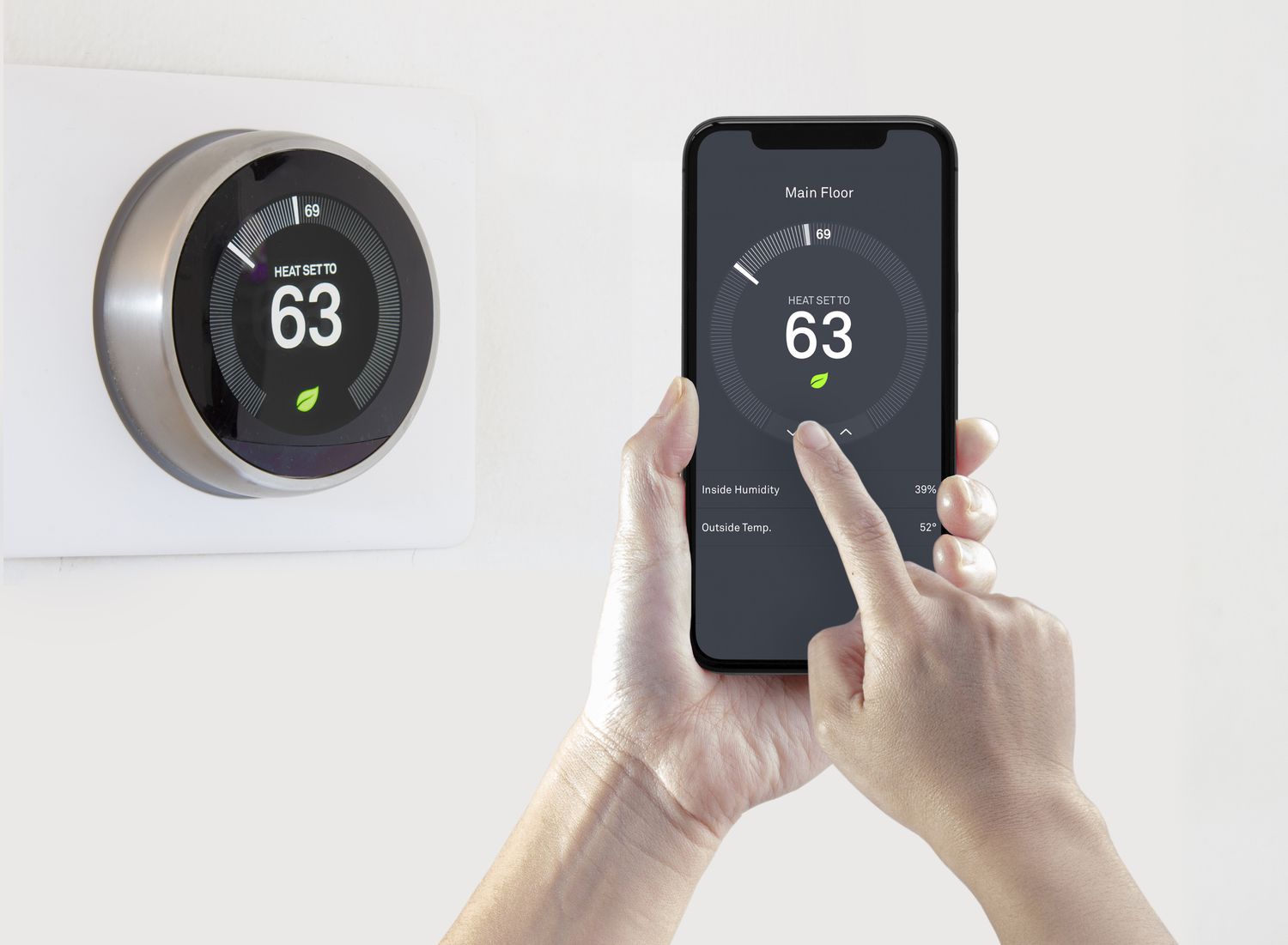
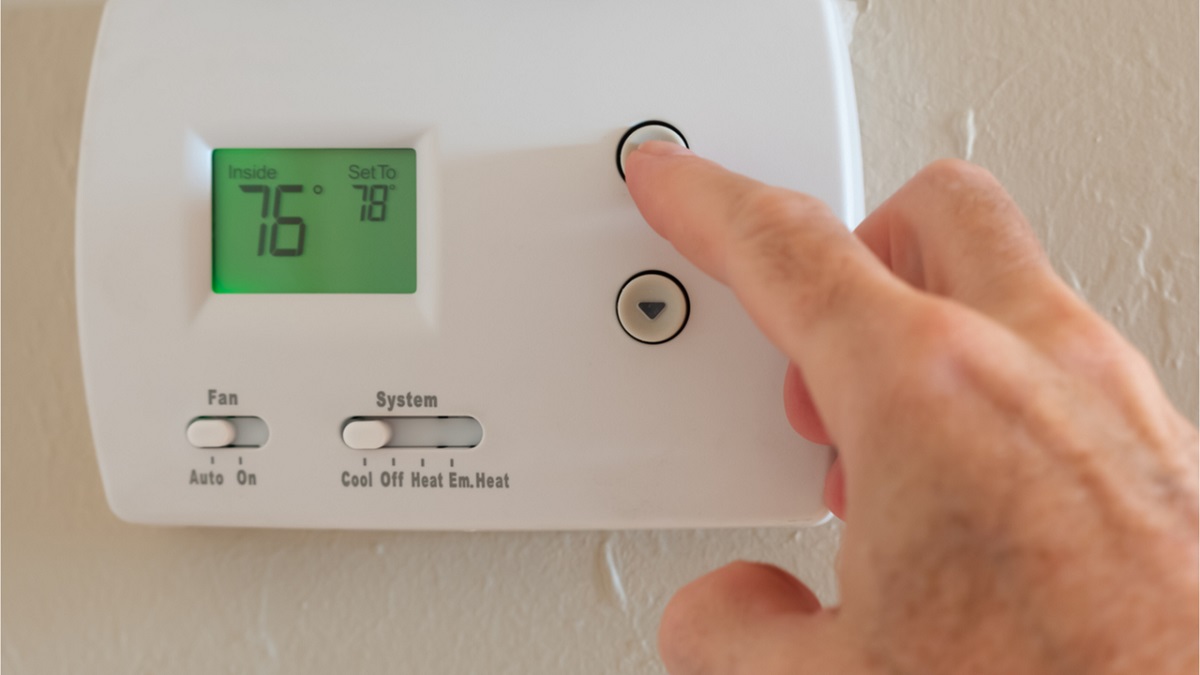
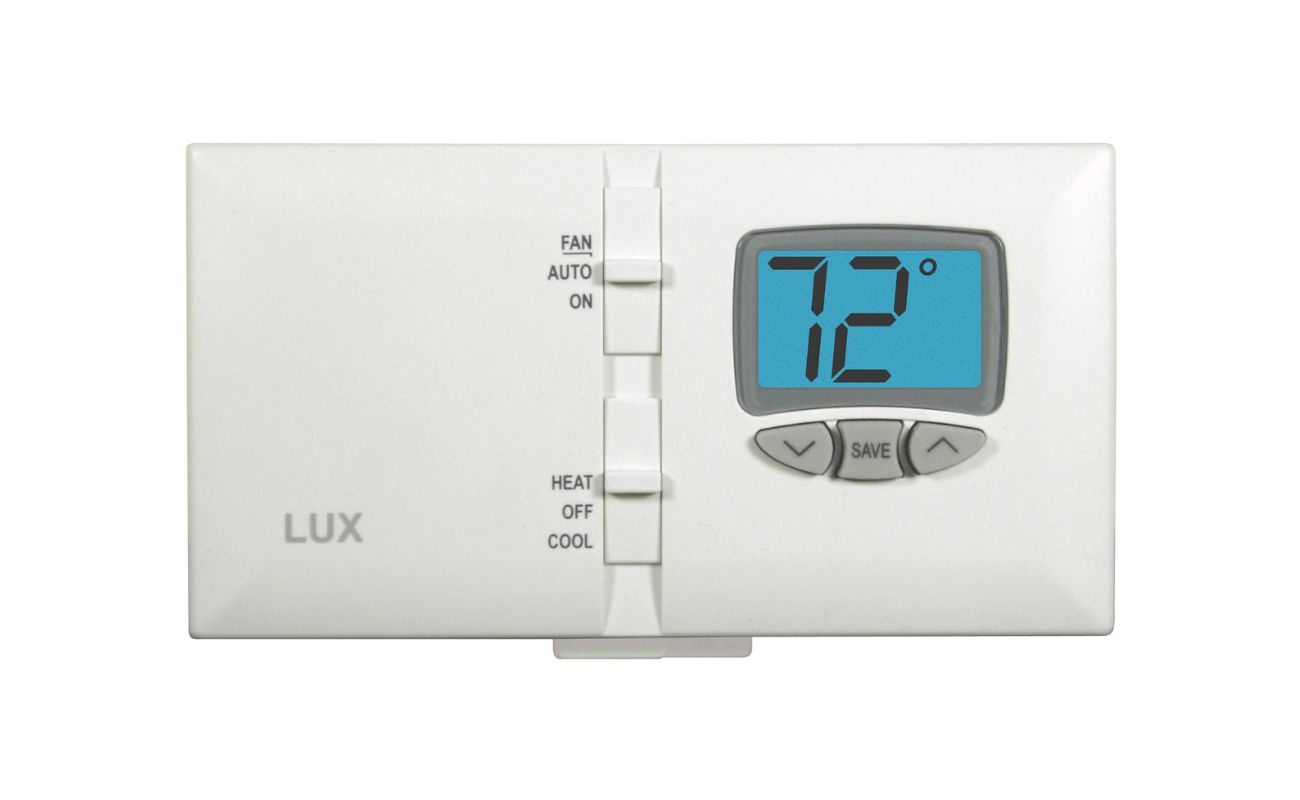
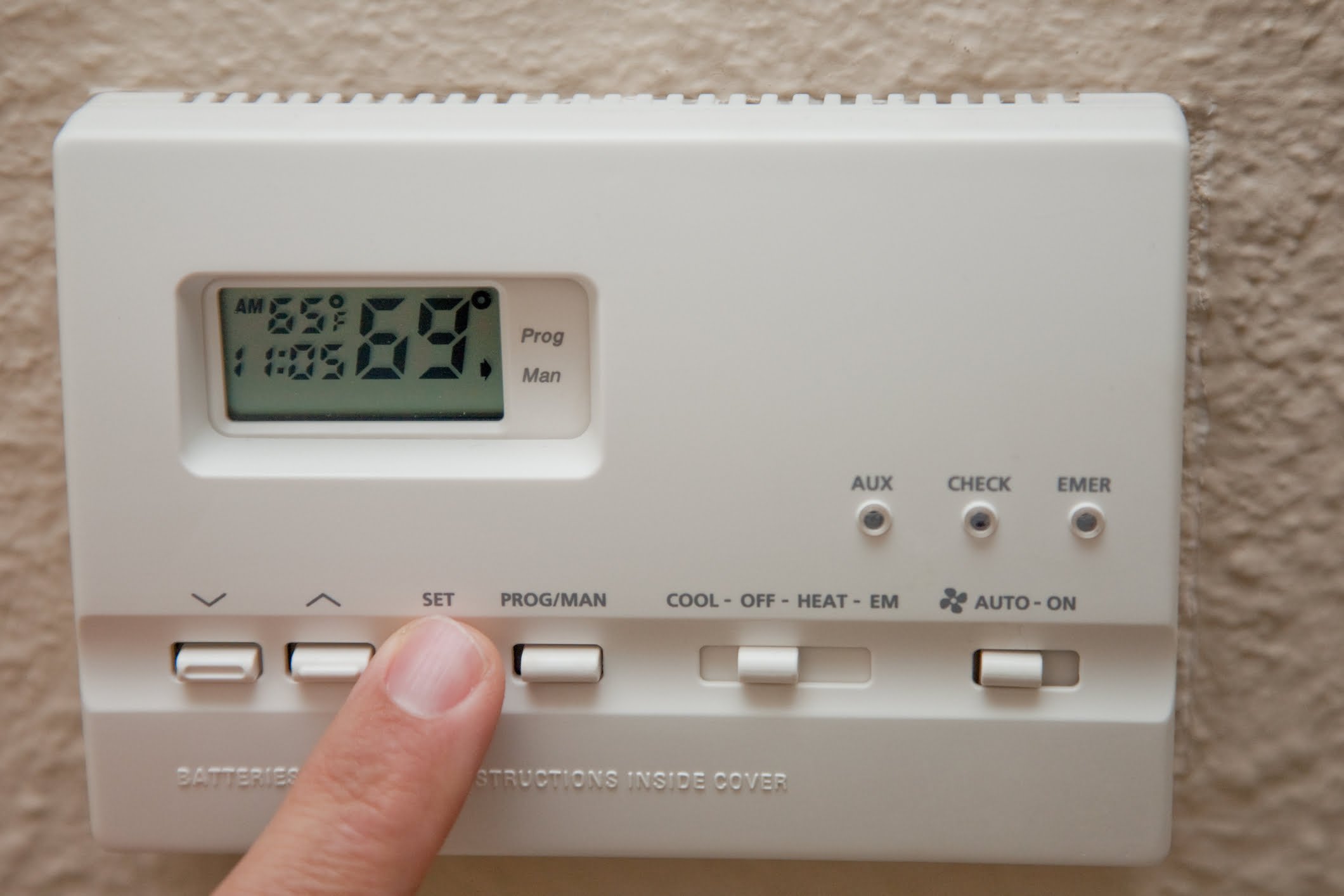
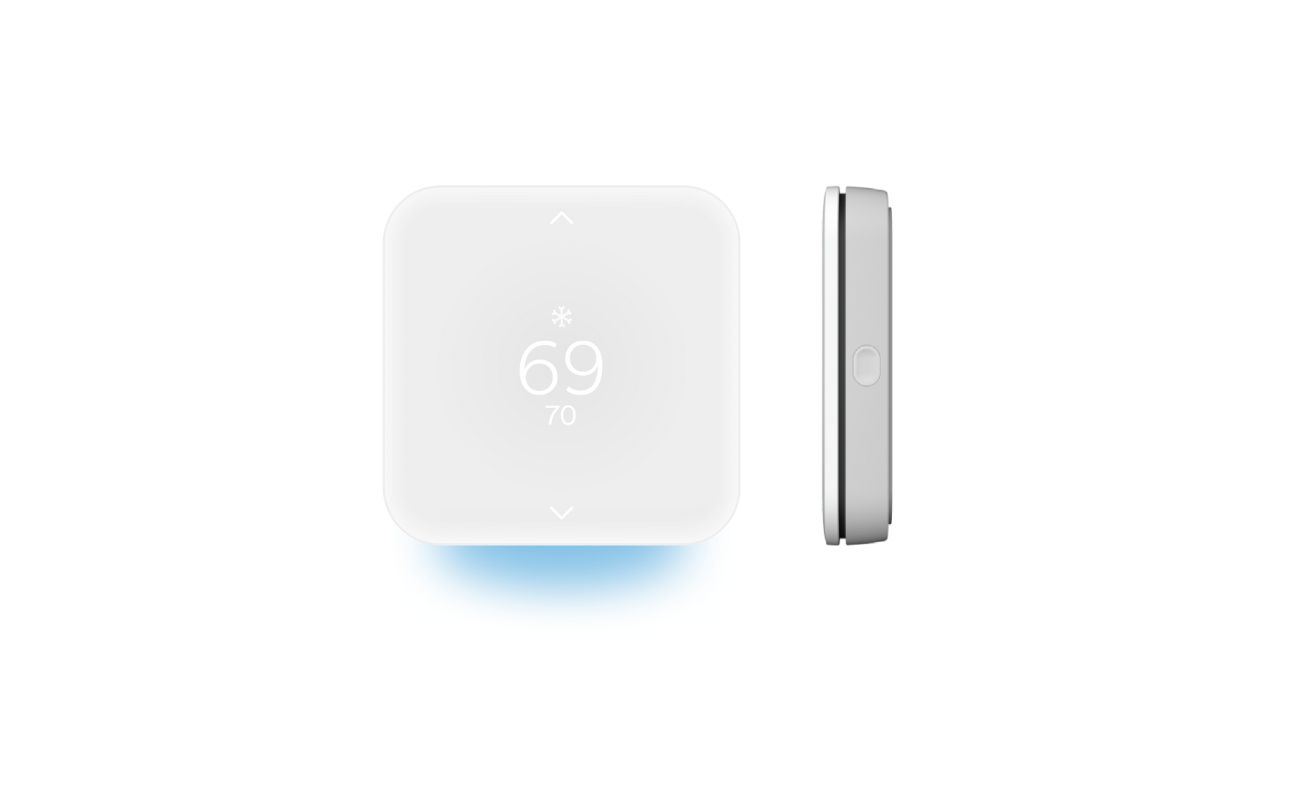
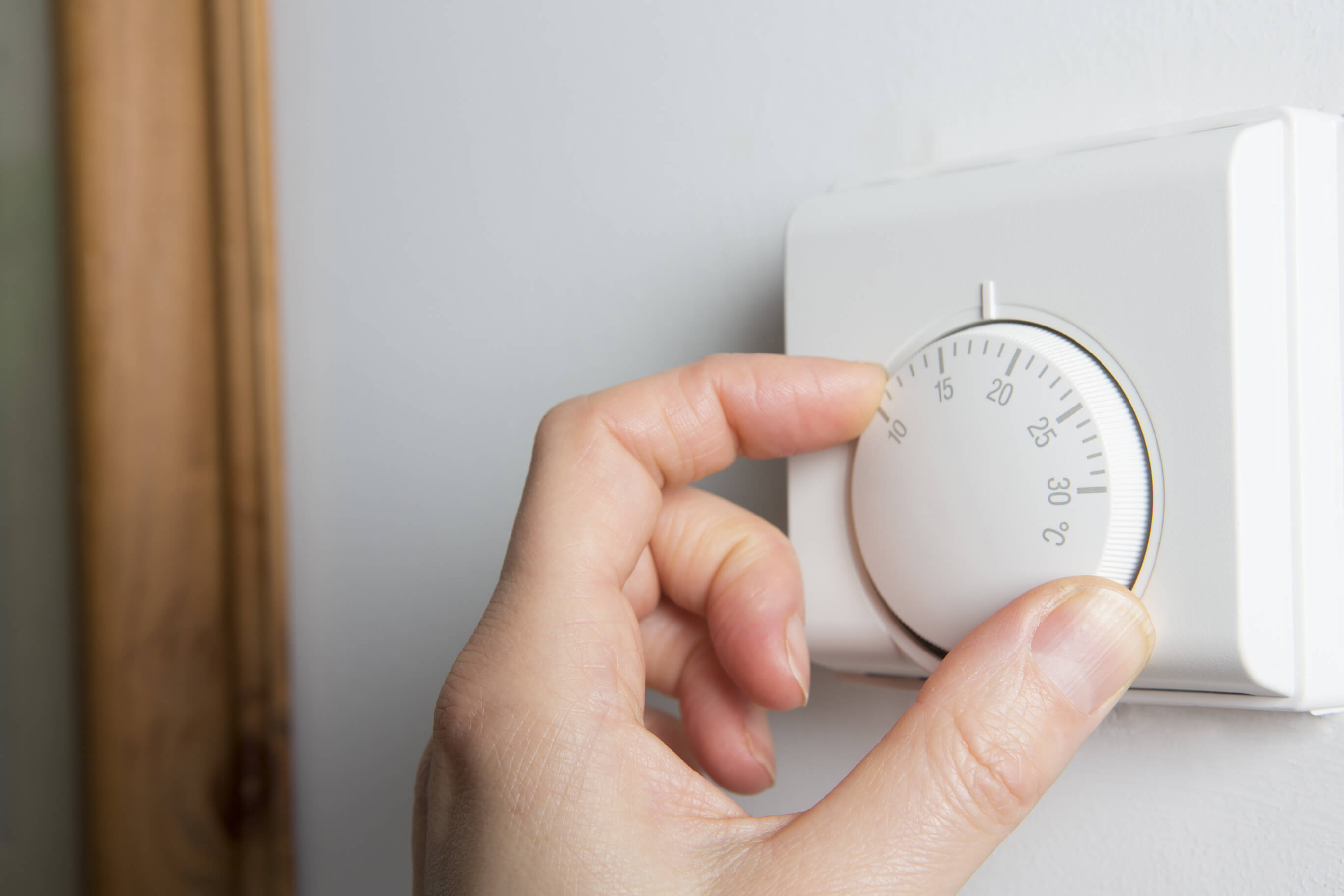

0 thoughts on “How To Work A Thermostat For Heating”